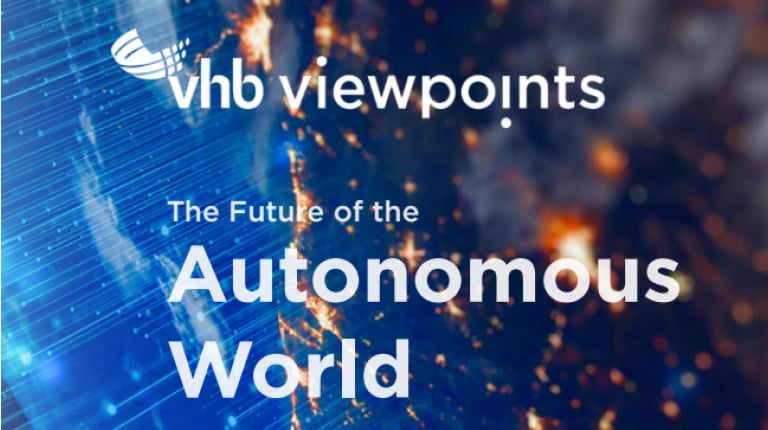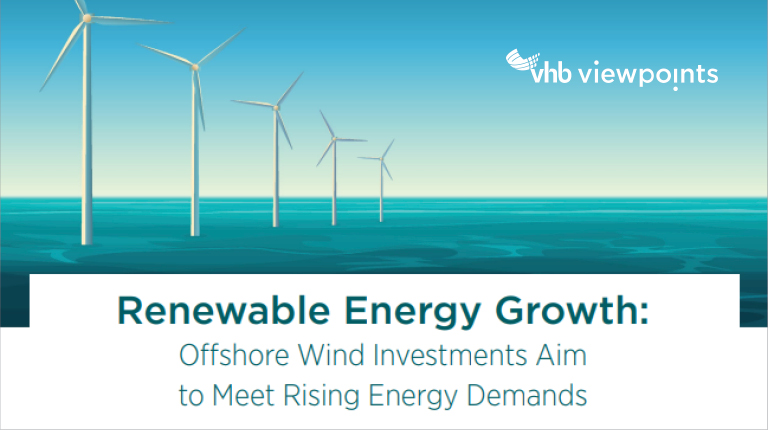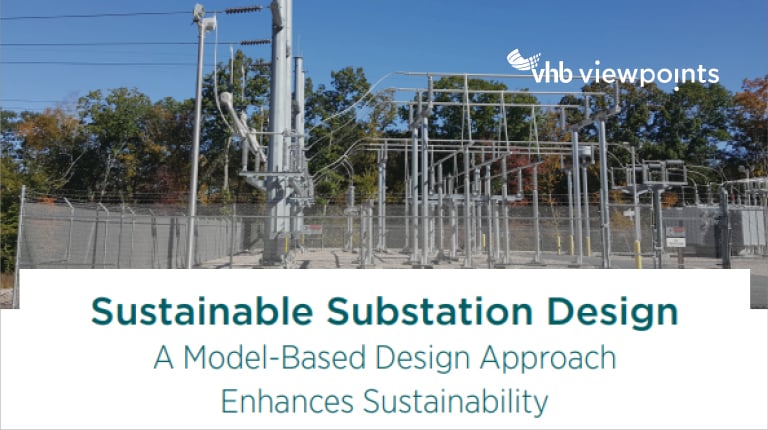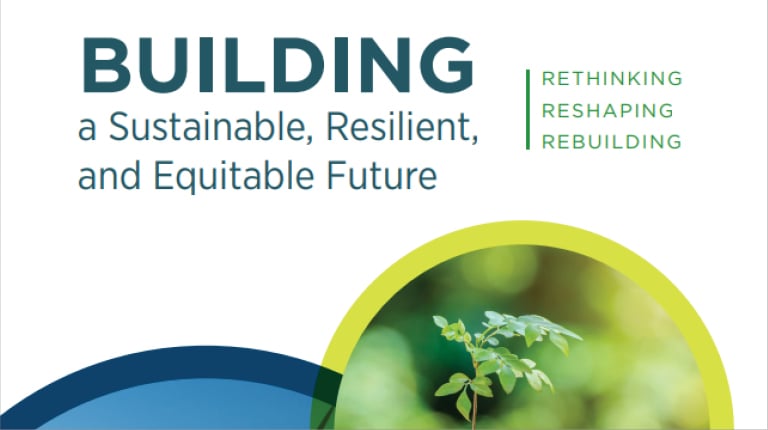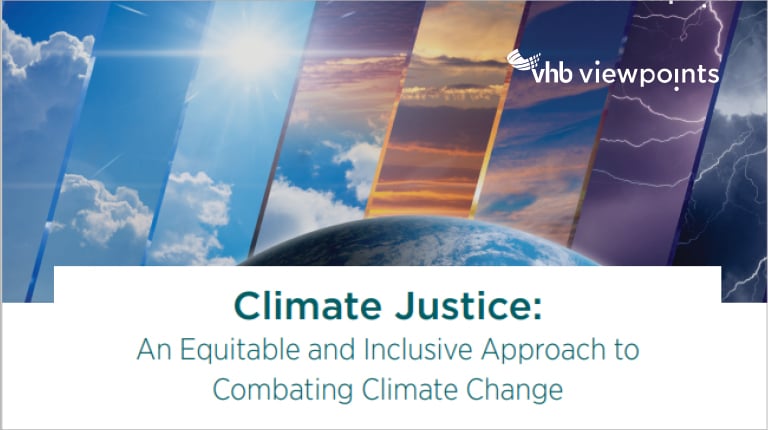Opportunities & Challenges Ahead
As part of VHB’s 2021 Client Experience (CX) Feedback Survey, participants were asked to discuss what they viewed, specific to the AEC industry, as the biggest near-term challenges and opportunities moving forward. Consistent themes, trends, and concerns are summarized below.
The Great Resignation
The “Great Resignation” has impacted almost all industries over the past year plus, including our own. This widespread trend of large numbers of workers leaving their jobs during the COVID-19 pandemic is thought to be the result of many different factors, but most notably dissatisfaction and stress with current working conditions during the pandemic and/or career and lifestyle reassessments. Our CX respondents cited a challenge of “obtaining, retaining, and even increasing the number of workforce talent needed to continue to deliver the immense amount of projects in front of us, particularly with an anticipated increase of infrastructure jobs stemming from the IIJA (see below). Not having a workforce to deliver will hamper the industry.” Lack of skilled staff and/or high turnover within companies will affect the ability to complete work, particularly given an anticipated increase in federally supported and funded projects, which was of particular concern to CX participants.
Though the great resignation poses challenges, some respondents have turned it into an opportunity to seize talent by providing specific training and finding ways to engage “intelligent, engaged, and passionate young planners and engineers who are ready to do big things within the industry.” Those companies who have the manpower to meet client needs will likely be more successful. Additionally, the companies that embrace a thoughtful, hybrid approach to the evolving workplace are the ones that will draw top talent and not only survive, but thrive, as we move through a rapidly changing workplace landscape. Read Navigating Change: Inclusive Process and Guiding Principles Shape VHB’s Evolving Workplace.
Uncertain & Changing Market Conditions
The uncertainty of overall market conditions was also top of mind. Supply chain issues have led to materials shortages, inflation/increased costs of materials, and a potential influx of funding for infrastructure projects, leaving many wondering how they will be able to complete projects on time or be competitive when providing estimates that reflect the marketplace. “The rapid growth of funding for transportation will need immediate support from the AEC industry, with limited resources.” The recent passing of the Infrastructure Investment and Jobs Act is a significant opportunity for the AEC industry, with a push towards aggressive spending and a multi-year approach to deliver overdue investments to support our nation’s critical infrastructure. This should set a strong foundation for project and economic growth, but some worry that they may be limited in the number of projects they can advance due to material costs, continued delays, and labor shortages. Read Fact Sheet: Infrastructure Investment & Jobs Act.
Partnerships between public agencies and the private sector are critical to leveraging resources necessary to build and strengthen infrastructure, which will serve as a strong foundation for the vitality of our communities.
Technological Advancement & Design Innovation
Keeping up with technological advancements and integrating innovation into design and construction continues as a key theme and significant challenge and opportunity for CX participants. Innovations in technology, including automation, are already impacting how we live, work, and play. From self-driving vehicles, to telemedicine, to drone delivery, the benefits of autonomy are boundless and will change life in ways that few have imagined.
Technology will also play an important part in reducing, quantifying, and monitoring emissions to meet decarbonization goals and combat climate change. Promising advances have been made in carbon capture and storage and production of green hydrogen. Continued investment in green technologies will be needed to bring more solutions to the climate crisis.
Read E-book: The Future of the Autonomous World
Renewable Energy Demand
Transformation within the energy market, notably the clean energy revolution in response to climate change, was also cited by CX participants as a key opportunity and challenge within the industry. State and federal clean energy commitments to decarbonization through renewable portfolios are driving growth, such as utility-scale solar farms and offshore wind (OSW) investments along the eastern seaboard. While the momentum for renewable energy is mounting, obstacles will need to be addressed. For example, a robust supply chain is needed for OSW component manufacturing, assembly, and construction staging, as well as operations and maintenance once the farms are running.
Technology and innovation are advancing energy infrastructure for greater generation, transmission, and distribution potential. Electrical substations will play a critical role in the power grid’s transition to clean energy. A model-based design approach for electrical substation design allows for a broader assessment of a substation’s sustainability priorities, spurring innovative solutions that achieve consensus and elevate clean energy in our communities.
As strong societal and environmental beliefs, and the desire for cleaner forms of energy generation are influencing consumer demand, the industry will continue to diversify its renewable energy portfolio with an emphasis on fossil fuel reduction with the hope of building a more sustainable future for generations to come.
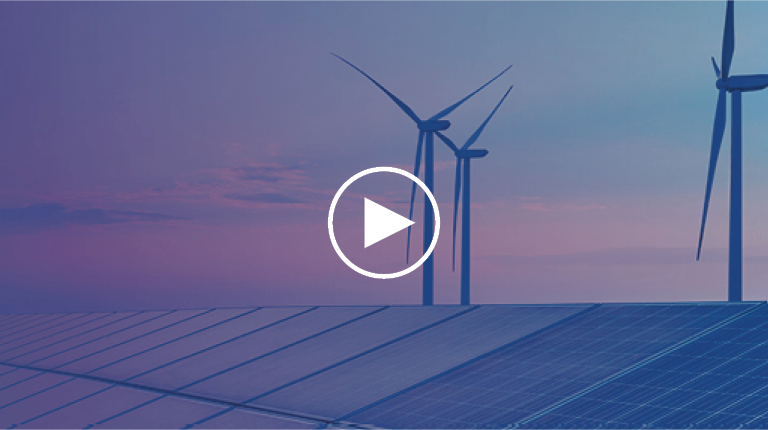
Watch Renewable Energy: 3 Things Driving the Revolution
Read Renewable Energy Growth: Offshore Wind Investments Aim to Meet Rising Energy Demands
Read Sustainable Substation Design: A Model-Based Design Approach Enhances Sustainability
Navigating Political & Social Issues
Sustainability, resiliency, and equity are key areas that are top of mind throughout the industry, and CX participants recognized the need for more sustainable infrastructure project solutions that are resilient, cost effective, and available to everyone. Getting ahead on solutions that promote less resource intensive infrastructure, and successfully navigating concerns such as limited financial resources, complex regulations, or increased scrutiny that reduce or delay project pipelines will be key challenges to overcome. Participants feel a responsibility to “push the envelope” to influence planning and development practices to be more equitable, inclusive, and diverse, and encourage clients to view environmental responsibility as a necessity to combat and reduce climate change.
Across all markets, participants expect to encounter post-pandemic challenges such as workplace restrictions, virtual and hybrid working environments, and impacts to traffic and transportation. COVID-19 has influenced changes in the way people work and making certain that client communications and relationships are nurtured will be key to moving forward. Partnering with clients to understand what is coming through the pipeline, helping owners manage emerging government policies and regulations, and understanding priorities and initiatives will be critically important.
Read E-book: Building a Sustainable, Resilient, and Equitable Future
Read Climate Justice: An Equitable and Inclusive Approach to Combating Climate Change
Share Your Viewpoint
If you would like to participate in future CX surveys and share your opinion on industry challenges and opportunities, as well as stay in the know with VHB Viewpoints, a thought leadership platform to share key insights on trending topics and critical issues, please subscribe here.



